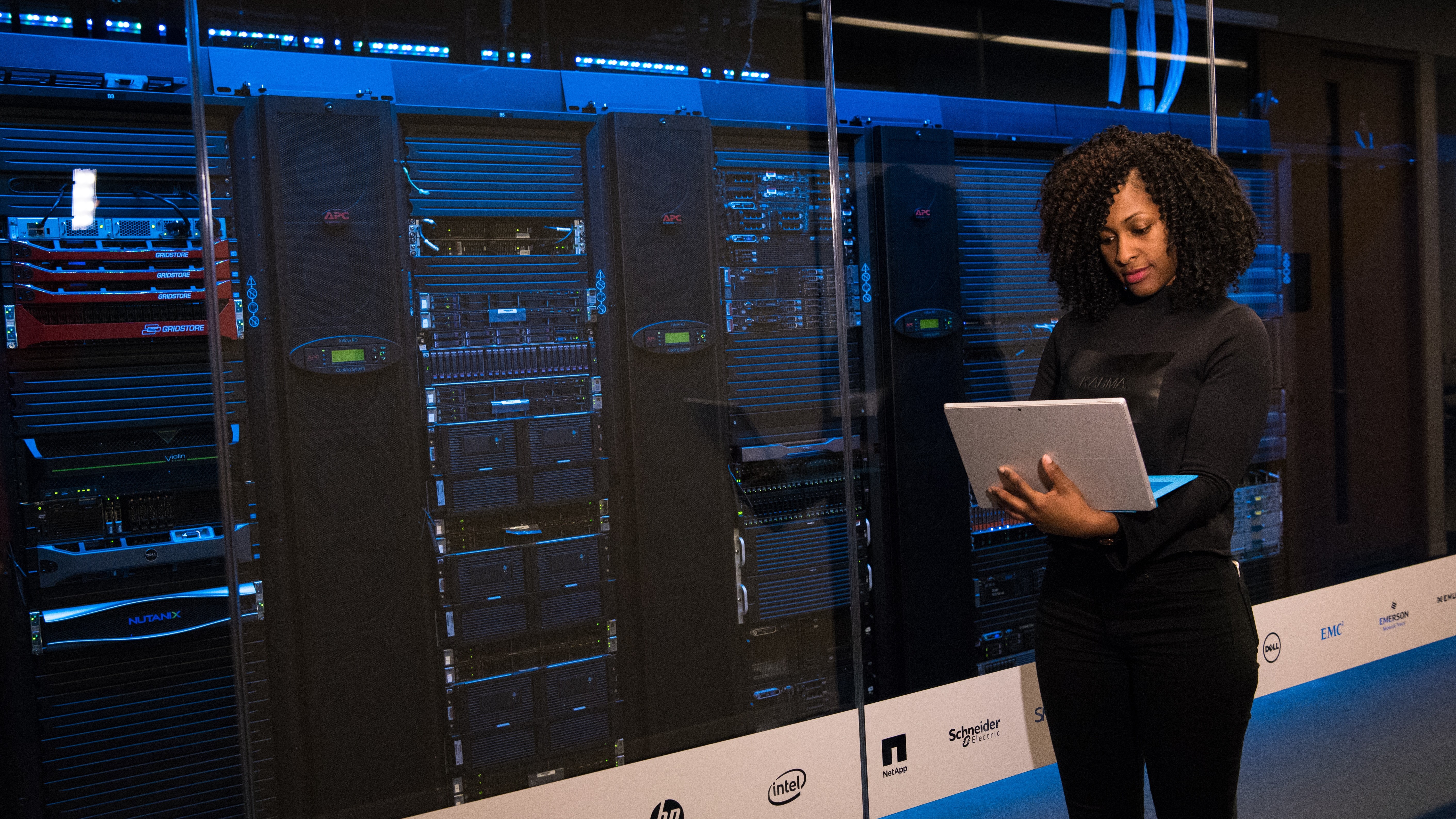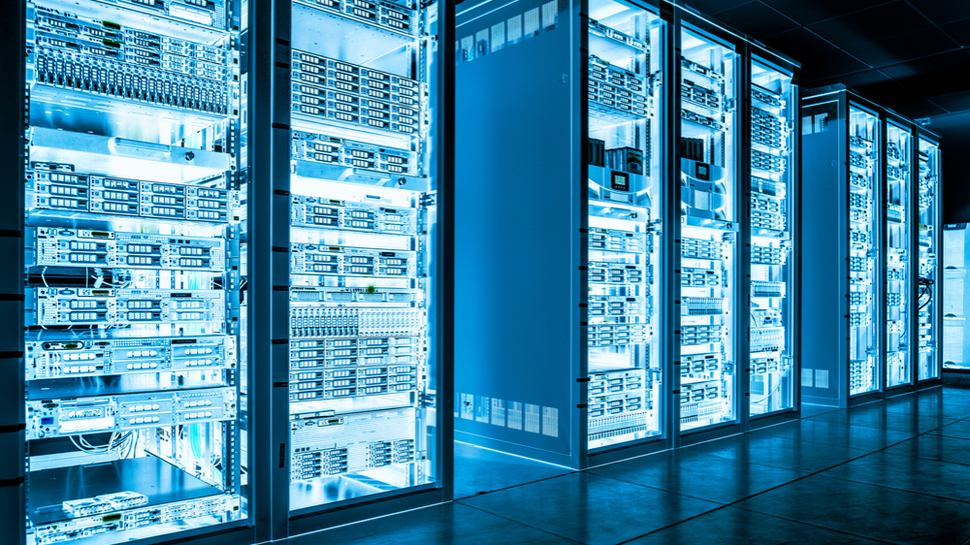Data centre energy optimisation with DCIM and AI
Keep a company efficient by maintaining the engine

It’s imperative that organisations position one of their key focuses on energy consumption to help them reduce their carbon footprint and lower overall operating costs.
Too many businesses aren’t optimising their energy usage, resulting in poor efficiency, inadequate cooling and poor power management. These can all have such detrimental effects on the running of the centre which knock-on to employees, customers and costs (not to mention the environmental impact).
Therefore, now is the perfect time for businesses to understand how data centre infrastructure management (DCIM) in conjunction with Artificial Intelligence (AI), machine learning and analytics can work together to take advantage of collecting, harnessing and understanding all of the data from the facilities and IT stack to help improve the efficiency of the whole technology infrastructure. After all, the first place to start is at the core.
- Microsoft reveals first Middle East data centre
- How to make your data centre greener
- Google to open €600m Denmark data centre
What is Data Centre Infrastructure Management (DCIM)?
DCIM allows a data centre to effectively manage its entire network and assets without wearing out shoe leather or counting off spreadsheets lists – a terribly labour-intensive manual way of proceeding in the digital age. This solution automates the management of all assets, resources, processes and people - supplying a rich set of information for the compute infrastructure.
A DCIM solution will monitor resources and processes feeding through information on:
- Capacity – is there enough space? Where is there flex?
- Power – do all the resources have sufficient power? Where are spikes predicted?
- Workflows – are the provisioning, remediation, and decommissioning workflows correct? What could be smarter, quicker, better?
- Efficiency – is the overall running of a data centre efficient? Where are the pinch points?
All of this happens in real time, all the time, and is fed back to the data centre manager to not only inform them of where money could be saved but also to identify potential failures before they happen. For example, if a rack is becoming overheated, the software can tell where and how the cooling system is failing. Once identified, the fault can be fixed with limited hassle – and limited client impact.
It really has no bounds within the data centre as AI and machine learning solutions become part of the DCIM package and add predictive capabilities to the mix, improving efficiency and peak performance rates. One example comes from the team at Alphabet with Google using AI to monitor its data centre environment with a reported 40 percent reduction in its cooling bill.
Sign up to the TechRadar Pro newsletter to get all the top news, opinion, features and guidance your business needs to succeed!

Keeping it cool
With a DCIM solution you can easily monitor a data centre’s current power usage for cooling and heating which allows you to see where in the network energy is being used and wasted.
From here, it’ll be clear which racks are hotter or cooler than others and action can be taken to ensure they’re all being kept at a correct, consistent temperature. It’s not just a case of simply turning down the thermostat - as cooling the entire data centre will result in a massive volume of air being cooled for no good business reason. Data centre managers need to be strategic and analyse the data a DCIM solution provides to plan out a containment strategy that elevates the business.
Once collated you can make your air distribution more targeted. Two popular ways of doing so is through hot aisle/cool aisle cooling and in-row cooling.
Hot aisle and cold aisle cooling involves lining up server racks in alternating rows with cold air intakes facing one way and hot air exhausts facing the other. Typically, cold aisles face air conditioner output while the heated exhausts hot aisles face air conditioner return ducts.
In-row cooling technology is a type of air conditioning system commonly used in data centres in which the cooling unit is placed between the server cabinets in a row for offering cool air to the server equipment more effectively.
As well as where the air is blown, what air you’re blowing can make a difference to your energy output - pulling in natural air from outside to cool the data centre saves money and reduces your carbon footprint at the same time, if you can.
Power management
It’s no mystery that data centres consume a mighty amount of power, but a DCIM solution allows facility mangers to target the data they hold to run the system more efficiently based on hard facts. They can forecast and predict the future state of the data centre’s physical capacity based on consumption management. “What if” models forecast the exact capacity impact of data centre projects on power as well as cooling, space and networks.
The solution can then use machine-learning capabilities (in next-gen DCIM) to extract predictive models and send the analysis to a visual dashboard, displaying the potential vulnerabilities, such as future hot server rows leading to power outages, or simply picking up pieces of hardware that are generating energy but are not in use.
Green energy is becoming bigger and better across all industries as we collectively strive to save our planet’s resources and environment. Many methods used across sectors are being used in data centres such as on-site wind generation and solar panels for generating own energy – which also saves on buying from a supplier!
Another great trick is to purchase low power hardware. Given the right workflow they’re proven to be efficient as well as just as effective. That is because using low power hardware is becoming increasingly more important with many manufactures building high efficiency servers and other pieces of hardware that use the latest power-efficient technology – saving energy and costs.
For the data good
All the above can help your infrastructure become more financially and environmentally friendly whilst becoming more effective – the prime business goal. Not only will you be doing your bit for the world and the corporate bank balance, but you’ll also appeal to future customers and investors as a smart and responsible business.
This is all possible thanks to AI and machine learning technologies which are starting to predict everything from the causes of server room temperature surges to racks losing power and advising on how to deal with these situations - in some cases stepping in to resolve them automatically. Who knows what AI will do for us next… Whatever it is, it’s likely to be highly efficient!
Mark Gaydos, Chief Marketing Officer at NIyte Software
- We've also highlighted the best network monitoring tools
Mark Gaydos is Chief Marketing Officer for Nlyte Software, a leading data centre infrastructure management solution provider for seamlessly automating data centre operations and infrastructure into an enterprise’s IT ecosystem.
He is a revenue Driven Marketing Leader with an extensive experience establishing company leadership in new markets and creating strong revenue growth. He enjoys building and empowering high performance teams.
